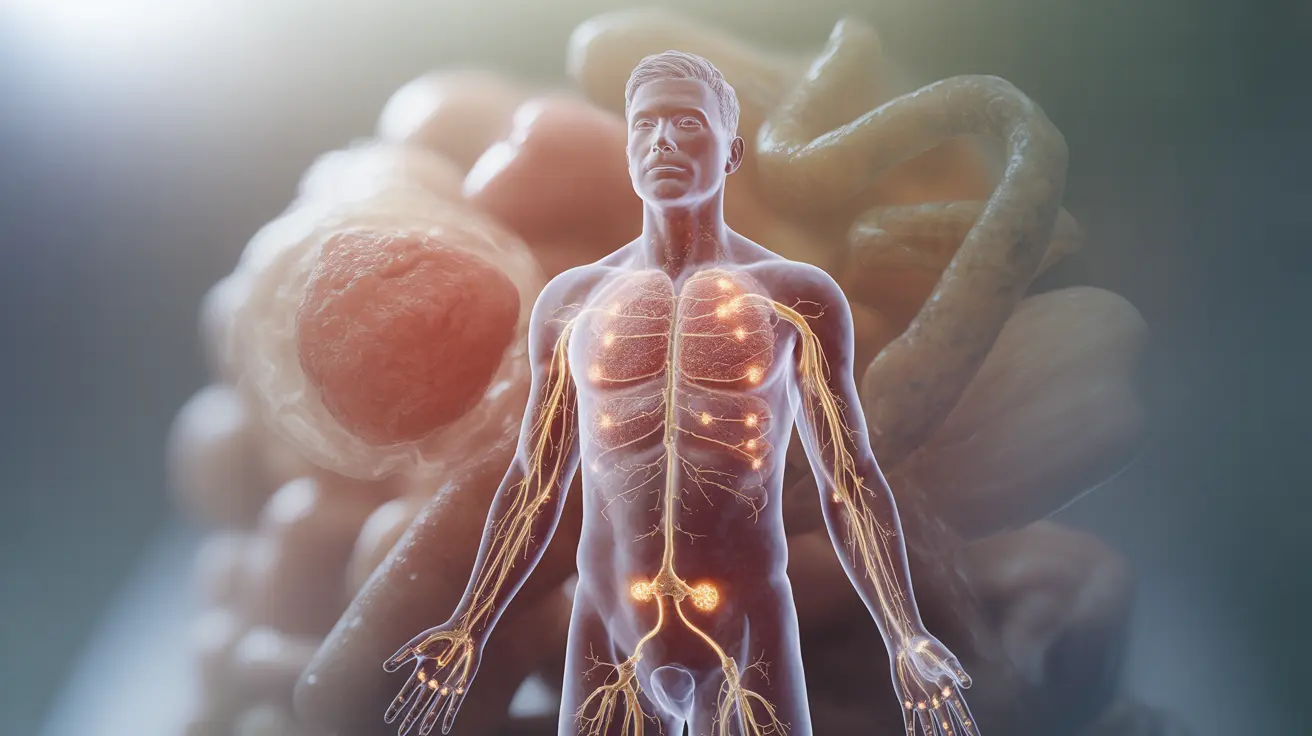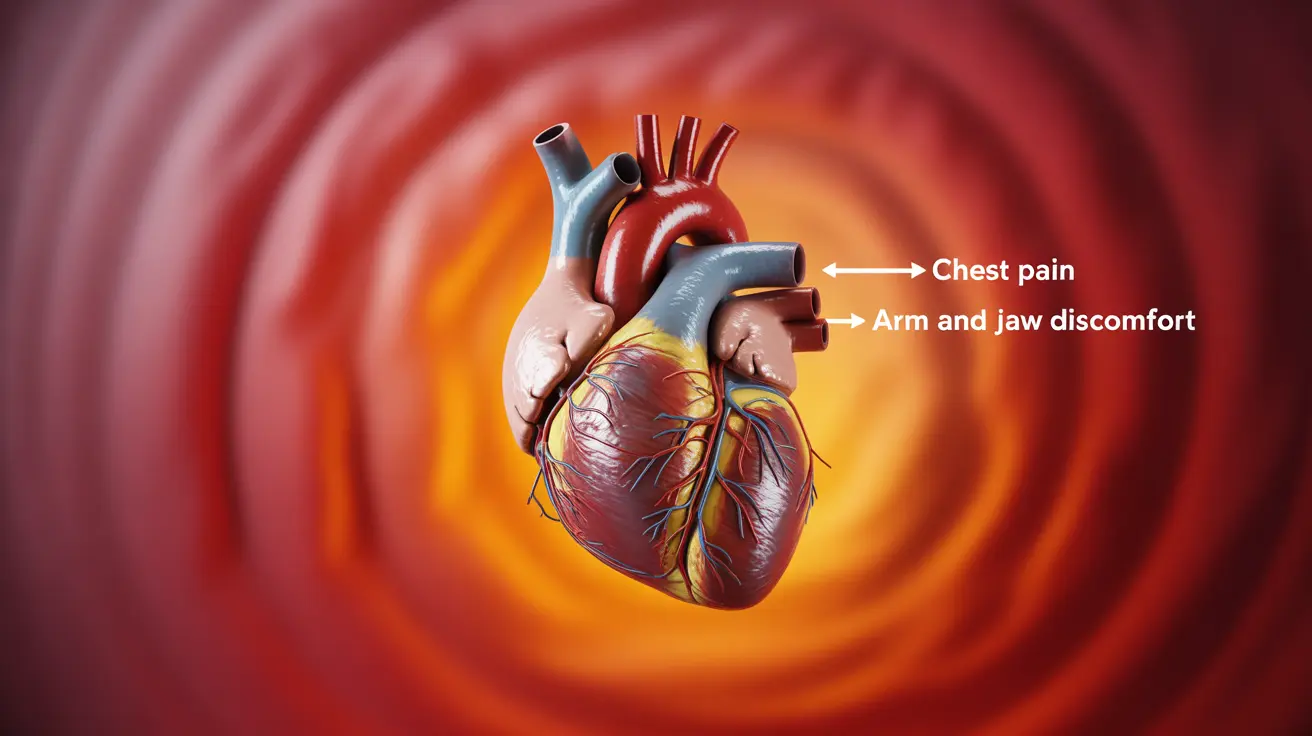The relationship between fasting and aging has emerged as a fascinating area of scientific research, offering promising insights into how dietary patterns might influence our biological age. Recent studies suggest that strategic fasting approaches, particularly the fasting-mimicking diet (FMD), could play a significant role in slowing down the aging process and improving various health markers.
As we explore this revolutionary approach to longevity, it's important to understand how different fasting methods can impact our body's aging mechanisms and potentially help prevent age-related diseases.
Understanding the Fasting-Mimicking Diet
The fasting-mimicking diet represents a revolutionary approach to fasting that provides the benefits of traditional fasting while allowing participants to consume small amounts of specifically selected foods. This carefully designed protocol typically lasts five days and is repeated periodically, usually once per month.
Unlike traditional fasting, FMD provides between 725 and 1,100 calories daily, composed of precise ratios of proteins, fats, and carbohydrates. This specific combination tricks the body into a fasting state while minimizing the discomfort associated with complete food restriction.
The Biology Behind Fasting and Aging
When we fast, our bodies undergo several remarkable biological changes that can influence the aging process:
- Cellular repair processes (autophagy) activation
- Reduced inflammation throughout the body
- Improved insulin sensitivity
- Enhanced mitochondrial function
- Decreased oxidative stress
These mechanisms work together to potentially slow down biological aging and improve overall health outcomes.
Metabolic Benefits and Disease Prevention
Research has shown that implementing fasting protocols can lead to significant improvements in various metabolic markers:
- Reduced blood glucose levels
- Lower insulin resistance
- Decreased liver fat accumulation
- Improved blood pressure
- Enhanced cardiovascular health
These improvements may contribute to a reduced risk of age-related diseases and potentially extend healthspan - the period of life spent in good health.
Practical Implementation of Fasting Protocols
Successfully incorporating fasting into your lifestyle requires careful planning and consideration:
- Regular consultation with healthcare providers
- Gradual adaptation to fasting periods
- Proper nutrition during eating windows
- Monitoring of vital health markers
- Attention to hydration and electrolyte balance
Frequently Asked Questions
What is a fasting-mimicking diet and how does it help reduce biological aging?
A fasting-mimicking diet is a structured eating program that provides low calories while maintaining specific nutrient ratios, triggering the body's fasting response mechanisms. It helps reduce biological aging by activating cellular repair processes, reducing inflammation, and improving metabolic health markers, potentially leading to a younger biological age.
How does the fasting-mimicking diet improve insulin resistance and lower the risk of diabetes?
The fasting-mimicking diet helps improve insulin resistance by giving the pancreas and other organs a break from constant glucose processing. This reset period allows cells to become more sensitive to insulin, leading to better blood sugar control and reduced diabetes risk.
What are the benefits of doing five-day fasting-mimicking diet cycles each month compared to continuous fasting?
Monthly five-day FMD cycles provide the benefits of fasting while being more sustainable than continuous fasting. This approach allows for normal eating patterns most of the time, reduces compliance challenges, and maintains social eating opportunities while still delivering significant health benefits.
Can the fasting-mimicking diet help reduce liver fat and improve immune system health?
Yes, studies have shown that the fasting-mimicking diet can help reduce liver fat accumulation and promote liver health. It also supports immune system function by triggering the production of new immune cells and removing damaged ones through autophagy.
How safe and practical is the fasting-mimicking diet for long-term use to slow aging and prevent chronic diseases?
When properly supervised, the fasting-mimicking diet is generally safe for long-term use. However, it's essential to work with healthcare providers, especially for individuals with underlying health conditions. The diet's structured approach makes it more practical than traditional fasting methods, though regular monitoring and proper implementation are crucial for safety and effectiveness.
Understanding the connection between fasting and aging opens new possibilities for extending our healthspan and improving quality of life. While research continues to reveal more about these relationships, the current evidence suggests that properly implemented fasting protocols could be valuable tools in our quest for healthy aging.




